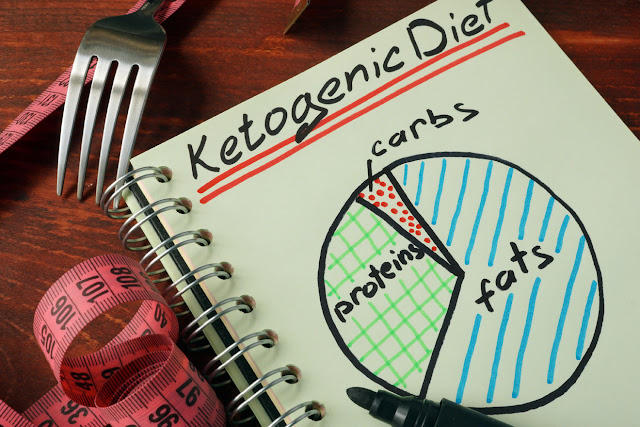Smart Meters Are Anything But Health Smart

About two weeks ago, I received an email from my apartment building in Manhattan. The email read that the electricity would be turned off in my apartment on a particular Monday for approximately 15 minutes. Con Edison was planning an upgrade for our hallway electric meters. As I read this email, the dots were slowly connecting in my brain, and the anxiety-producing realization of what “upgrade” meant set in. They were very likely going to install microwave radiation emitting “smart meters.” My apartment is directly across the hall form a large electrical utility closet that houses about 20 analog electric meters. These “old school” (safe) Westinghouse analog meters are read each month by a Con Edison worker who has to come out to the meters to read them physically. Smart meters transmit the meter information directly to Con Edison. Smart meters save the utility company money because they don’t have to come out to their customer's residences each month. The cost savings for t







